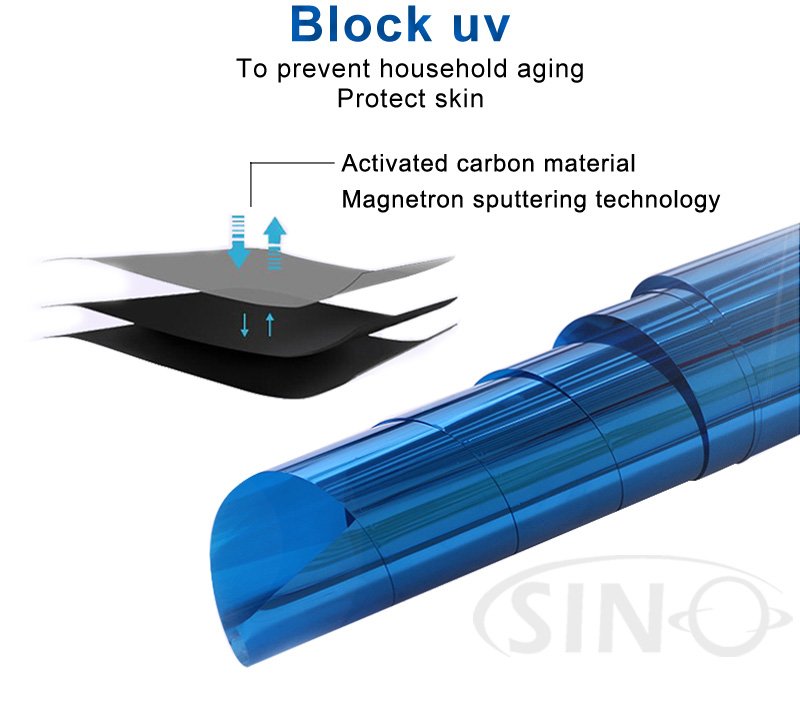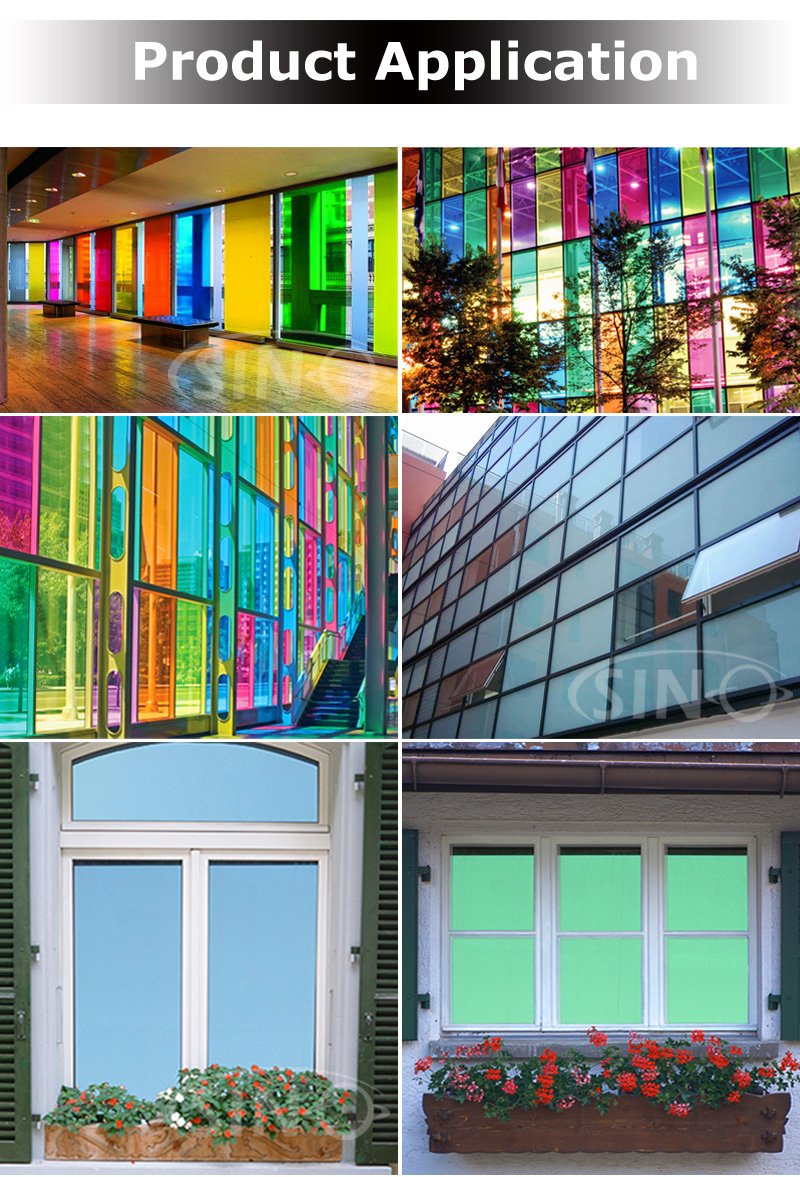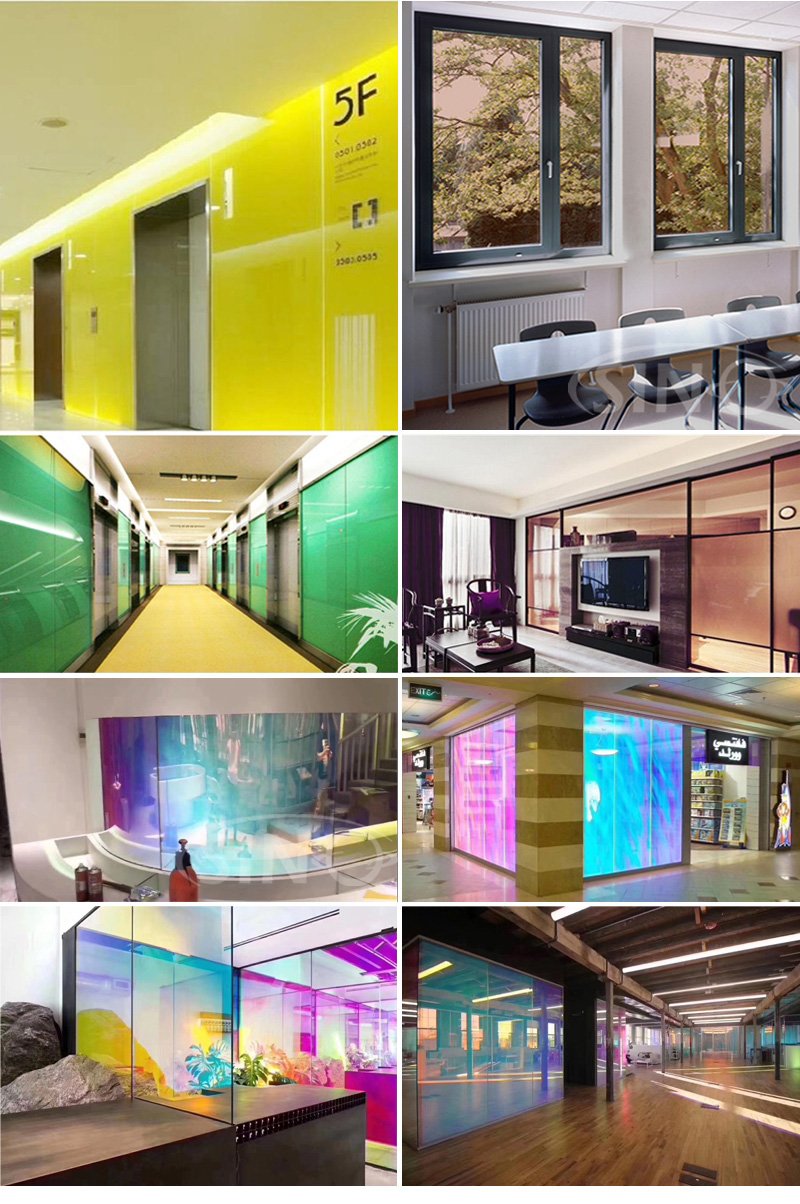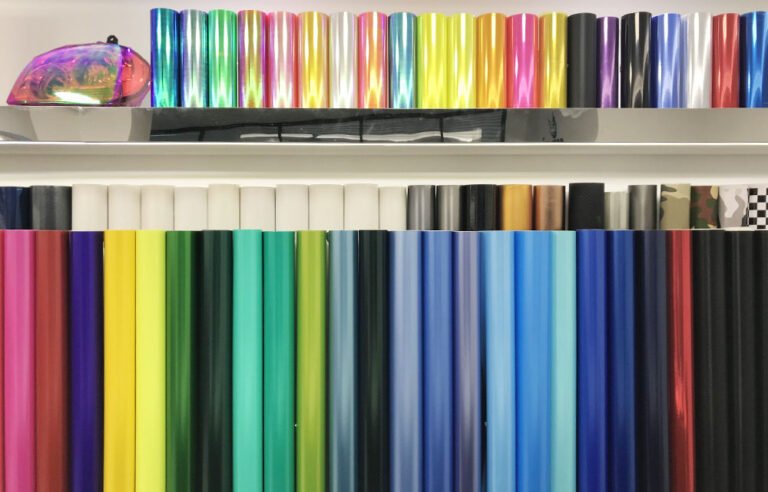Understanding the Benefits of Peel and Stick Stained Glass Window Film
Peel and stick stained glass window film offers several benefits, making it a popular choice for both homeowners and renters. Here are some of the key advantages:
- Easy Application: One of the biggest advantages of peel and stick stained glass window film is its simple installation process. It is designed for easy application, allowing you to transform the look of your windows quickly and hassle-free. You can apply it yourself without the need for professional assistance or specialized tools.
- Cost-Effective: Compared to traditional stained glass windows or window treatments, peel and stick stained glass window film is a much more affordable option. It provides an affordable way to achieve the elegant and sophisticated look of stained glass without the high costs associated with custom installations.
- Privacy Enhancement: Stained glass window film can enhance your privacy by obscuring the view from the outside. It creates a decorative barrier that prevents people from seeing inside your home, while still allowing natural light to filter through. It’s an ideal solution for bathrooms, bedrooms, or any area where privacy is desired.
- Decorative Appeal: Peel and stick stained glass window film comes in a variety of attractive designs, colors, and patterns. It allows you to add a touch of style and visual interest to your windows, enhancing the overall aesthetics of your space. You can choose from a range of options to suit your personal taste and complement your interior décor.
- UV Protection: Stained glass window film often offers UV protection, blocking a significant amount of harmful UV rays from entering your home. This helps to protect your furniture, flooring, and other belongings from fading or discoloration caused by prolonged exposure to sunlight.
These benefits make peel and stick stained glass window film an attractive choice for those seeking a cost-effective, versatile, and visually appealing solution for their windows.


Step-by-Step Guide to Applying Peel and Stick Stained Glass Window Film
Step 1: Gather the necessary supplies
Before you begin, make sure you have all the supplies you’ll need: the peel and stick stained glass window film, a measuring tape, a utility knife or scissors, a spray bottle filled with a mixture of water and a few drops of dish soap, a squeegee or credit card, and a clean lint-free cloth.
Step 2: Measure and clean the window
Measure the dimensions of the window you want to apply the film to, ensuring you have enough film to cover the entire area. Thoroughly clean the window using a glass cleaner or a mixture of water and vinegar to remove any dirt, dust, or grease.
Step 3: Cut the film to size
Using the measurements you took in step 2, carefully cut the peel and stick stained glass window film to the appropriate size. Add an extra inch to each side to allow for adjustments during the installation process.
Step 4: Prepare the film for installation
Peel a small section of the backing paper away from the film. Spray the exposed adhesive side with the water and dish soap mixture to activate the adhesive and make it easier to work with.
Step 5: Apply the film to the window
Position the adhesive side of the film against the window, starting from the top. Gradually peel away the backing paper while pressing the film onto the window. Use your hands to smooth out any air bubbles or wrinkles as you go along.
Step 6: Use a squeegee or credit card to remove air bubbles
Once the film is in place, use a squeegee or credit card to gently push out any trapped air bubbles. Start from the center and work your way towards the edges, applying even pressure. This step is crucial for a smooth and bubble-free application.
Step 7: Trim any excess film
After successfully applying the film, use a utility knife or scissors to trim off any excess film along the edges of the window. Take your time and make precise cuts to achieve a clean and polished look.
Step 8: Finishing touches
Carefully inspect the window for any remaining air bubbles or imperfections. If you notice any, use the squeegee or credit card to smooth them out. Finally, wipe the entire surface of the film with a clean lint-free cloth to remove any residue or moisture.
Congratulations! You have successfully applied the peel and stick stained glass window film to your window. Enjoy the beautiful transformation it brings to your space.

Tips and Tricks for a Smooth and Bubble-Free Application of Peel and Stick Stained Glass Window Film
When applying peel and stick stained glass window film, achieving a smooth and bubble-free finish is essential for a polished and professional look. Here are some tips and tricks to help you with the application process:
- Clean the Surface: Before applying the film, make sure the window surface is clean and free of dust, dirt, and any residues. Use a glass cleaner or a mild soapy solution to thoroughly clean the window. Wipe it dry with a lint-free cloth.
- Measure and Cut Accurately: Measure the dimensions of your window and cut the film accordingly, leaving a small margin around the edges for adjustments. Use a ruler and a sharp utility knife to get clean and precise cuts.
- Create a Slip Solution: Fill a spray bottle with a mixture of water and a few drops of liquid soap. This slip solution will help you position and adjust the film easily.
- Mist the Window: Lightly mist the window with the slip solution before applying the film. This will prevent the adhesive side of the film from sticking immediately, giving you some room to reposition it if needed.
- Peel Off the Backing: Gently peel off a few inches of the film’s backing paper, exposing the adhesive side. Avoid touching the adhesive with your fingers to prevent smudges or dirt.
- Apply the Film: Starting from the top, align the exposed adhesive portion of the film with the top edge of the window. Slowly press the film onto the glass, gradually peeling off the backing paper as you go.
Remember, practice and patience are key to achieving a smooth and bubble-free application. If you encounter stubborn bubbles or wrinkles, you can gently lift the film and reposition it while the slip solution is still wet. Take your time and enjoy the process of transforming your windows with beautiful peel and stick stained glass window film.

Final Words
In conclusion, peel and stick stained glass window film offers an effortless and convenient way to transform the look and feel of your windows with stunning results. With these easy application tips and tricks, you can achieve a smooth and bubble-free finish, bringing elegance and personality to your space. Whether you’re seeking privacy, adding a touch of artistry, or simply upgrading your home decor, this versatile solution opens up a world of possibilities. Enjoy the process of creating a beautiful and inviting ambiance as you witness the magical interplay of light and color through your newly adorned windows. Embrace the simplicity and beauty of peel and stick stained glass window film, and let it bring a whole new dimension to your living environment.










